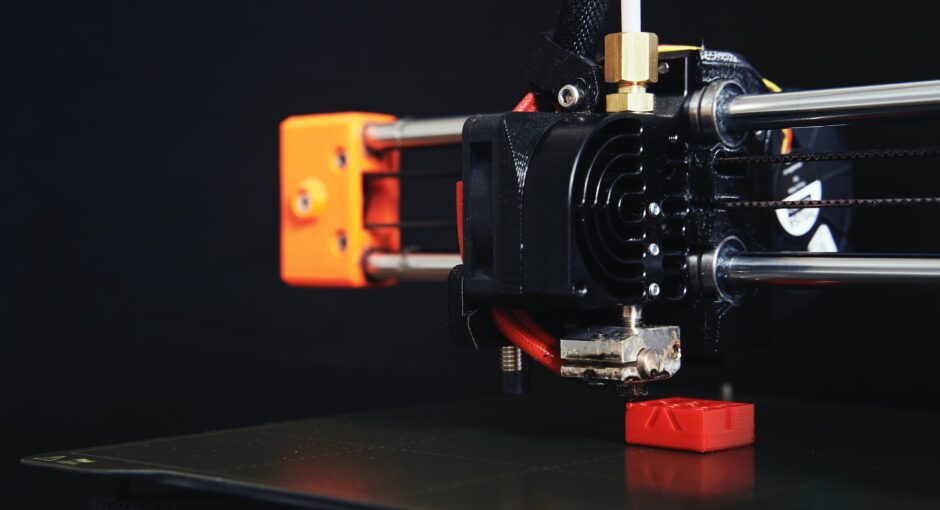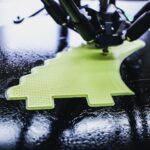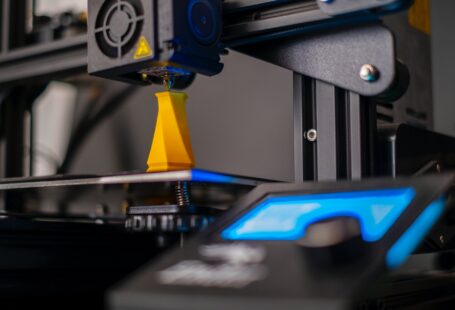3D printing has been around for decades and it is now one of the most widely used technologies in the world. It is no longer just used for prototyping but also for manufacturing, medical, and even construction purposes. With 3D printing, you can create almost anything you can imagine, from complex shapes to intricate details.
However, the materials used in 3D printing are still limited to plastic, metal, and some composites. But now, there are some unconventional materials that are becoming popular among 3D printing enthusiasts. In this article, we will take a look at some of these materials and how they can be used in 3D printing.
Wood
Wood has been used in 3D printing for a few years now, but it’s still an unconventional material. It is actually made up of a combination of wood particles and a thermoplastic binder. This combination makes it easier to 3D print with and it also gives a unique look to the 3D printed parts.
Wood is often used for decorative purposes, such as making vases and jewellery. It can also be used for functional parts, such as machine housings and other components. It is very strong and durable, and it can be sanded and painted for a more professional look.
Ceramics
Ceramics are becoming increasingly popular in 3D printing due to their strength and aesthetic appeal. Ceramic 3D printing is usually done by using a powder-based process, where a binder material is used to bind the ceramic particles together. This process allows for a wider range of shapes and sizes to be printed, as well as the ability to create complex structures that wouldn’t be possible with traditional manufacturing techniques.
Ceramics are often used for decorative objects, such as tiles and sculptures. It can also be used to make practical parts, such as turbine blades, and even medical implants. Ceramics are strong and durable, and can be polished for a more professional finish.
Concrete
Concrete is a surprisingly versatile material that can be used in 3D printing. It is usually made from a combination of cement, sand, and other materials, and it is used to make strong and durable parts. Concrete 3D printing is usually done by using a liquid-based process, where a binder material is used to bind the concrete particles together.
Concrete is often used to make parts for construction, such as bricks and blocks. It can also be used to make decorative objects, such as planters and sculptures. It is strong and durable, and can be polished or painted for a more professional finish.
Bio-Based Materials
Bio-based materials are materials made from renewable and sustainable sources, such as plants and animals. These materials are becoming increasingly popular in 3D printing due to their environmental friendliness and versatility. Bio-based materials can be used to make a wide range of parts, from prototypes to functional components.
Bio-based materials are often used for decorative objects, such as jewellery and sculptures. They can also be used for functional parts, such as medical implants and prosthetics. Bio-based materials are strong and durable, and they can be sanded and painted for a more professional finish.
Conclusion
3D printing is no longer limited to just plastic, metal, and composites. There are now a number of unconventional materials that can be used for 3D printing, such as wood, ceramics, concrete, and bio-based materials. These materials offer a unique look and feel, and they can be used for a wide range of applications. So, if you’re looking for something different, these are some of the materials you should consider.





